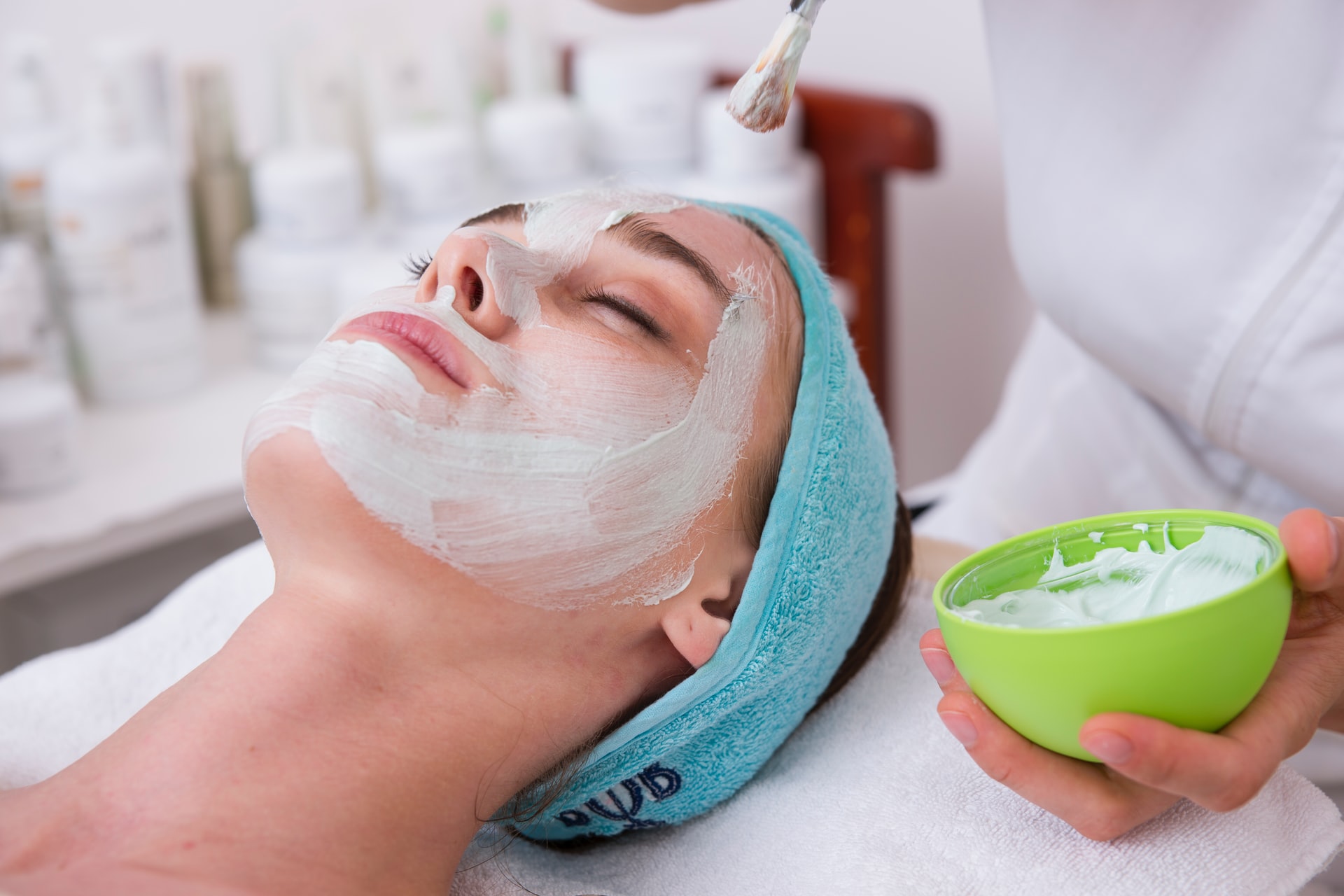The main reason for this more recent growth is attributed to the generational shift with young consumers entering the market. At the same time, this change is reinforced by social media, internationality, and eCommerce, which have a lasting effect on buying behavior when it comes to beauty products.
While Canada’s economic growth has increased the industry’s revenue, demand for cosmetic products is still dictated by shifting consumer habits. Emphasis on development at the manufacturing level has increased the number of innovative beauty products, including high-end anti-ageing skincare products and cosmeceutical creams with pharmaceutical properties.
The Beauty, Cosmetics and Fragrance Stores industry portrait in Canada is characterized by a moderate level of market share concentration, with the top three players (Sephora, Bath and Body Works Inc, and Sally Beauty Holdings Inc.) in the industry accounting for an estimated 50.4% of total revenue in 2022.
A response to the COVID-19 (coronavirus) pandemic negatively affecting net sales for industry operators, including the industry’s major companies. Increased disposable income that was enhanced by federal government economic stimulus programs, aided consumers in continuing to spend on health products such as skin and hair care. The make-up category, specifically lip and face, suffered due to Covid. The e-Commerce industry accelerated dramatically during and post the COVID-19 pandemic. Overall, the cosmetics industry is forecasted to be on the road to recover from now to 2028 as consumers return to well-known, trusted stores and brands for their beauty and cosmetics needs. There is now a rebalancing of in-store and online shopping activity and sales. Many of these online retailers are now competing with major cosmetic manufacturers and retailers especially as online retailers can override high rent and labour costs which enables them to sell their products at lower rates while maintaining favorable returns.
In today’s competitive industry, retailers are using immersive in-store experience, social media and even AI campaigns to attract new customers. Innovation and investments like these in the industry have facilitated improved growth prospects.
Recently there have been significant advancements in Canadian regulations for cosmetic products resulting in various governmental legislative changes in both the manufacturing process and registration requirements of a product in Canada. Some of the topics to be especially aware of are microbeads, animal testing, MoCRA, product claims, and the French language labelling regulations just to name a few.
Moving forward, the cosmetics industry market share and positive consumer trends are expected to continue for the next five years to 2028 as economic prospects continue to improve.

